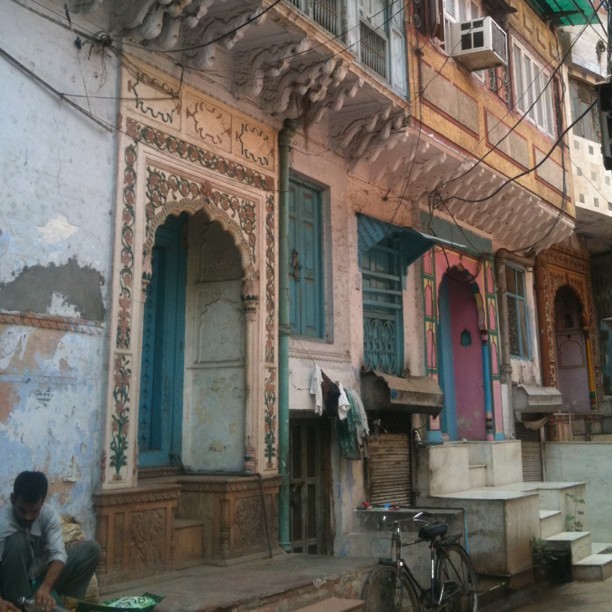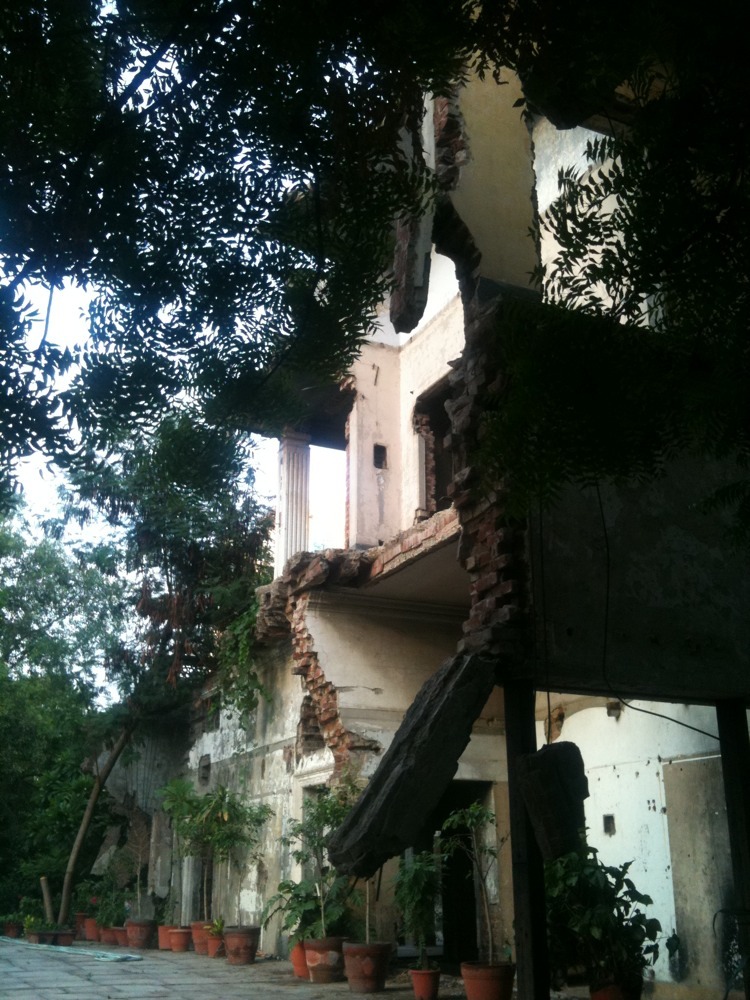Monthly Archives: July 2011
Who doesn’t love kites?
Jain mansions in old Delhi
20 Barakhamba road
Nestled amongst the high-rises of Barakhamba road, themselves soon to be relics, lies a fragment of what New Delhi was created for.
Once a stately bungalow, at what must have been a very posh address, just behind, what was then the new commercial center, Connaught Place (now Rajiv Chowk), this building, in complete disrepair, seem to have at least managed to retain a prolific mali with the potted plants fitted with little signs stating the type of growth they hold.
A great pleasure it is that Delhi offers – the ambling about the circles emanating from CP down towards the south looking at the bungalows now housing the powerful (and no doubt often corrupt) Indian political elite. The difference between the various parts such as New, South, East, West and Old Delhi is so clear that when you’re in an auto you need no map to know when you’ve passed from one area to the other.
At first I was somewhat apprehensive of the green wide streets of Lutyens Delhi, feeling that it made the city feel so un-urban with the bungalows which – unalike traditional Indian dwellings (so tell me the excellent Lucy Peck book on Delhi) – “faces” outwards requiring large gardens to create a green buffer between the outwards focal point of the building and the street. And even though I have yet to cosy up to one of those IAS fellows living inside, I can still enjoy the views of the gardens and verandas as I stroll between CP and Central Secretariat, the apprehension gone after having spent almost a year living in the dense crowded colonies of South Delhi, about which another blog post might be dedicated.
All in all, this is one area I have learnt to appreciate, and as in many places in India it holds neat little surprises. Like 20 Barakhamba road.











